Understanding SOC 1, SOC 2, and SOC 3: Exploring the Differences and Types of SOC Reports
In today's technology-driven world, ensuring the security and privacy of data is crucial for businesses. Service organizations play a vital role in this regard, and to demonstrate their commitment to protecting customer data, they often undergo SOC audits. SOC reports provide valuable insights into a service organization's controls and practices. In this article, we will delve into the differences between SOC 1, SOC 2, and SOC 3, while also exploring the types of SOC reports commonly used.
SOC 1
SOC 1 reports are specifically designed for service organizations that handle financial transactions or provide services that impact their clients' financial statements. These reports follow the Statement on Standards for Attestation Engagements (SSAE) No. 18 framework and focus on internal controls over financial reporting. SOC 1 reports are relevant for organizations such as payroll processors, data centers, and other outsourcing service providers.
Types of SOC 1 reports
- SOC 1 Type 1: This report evaluates the design and implementation of controls at a specific point in time.
- SOC 1 Type 2: This report assesses the operational effectiveness of controls over a period of time, typically six to twelve months.
SOC 2
SOC 2 reports assess the controls implemented by a service organization to protect the security, availability, processing integrity, confidentiality, and privacy of customer data. These reports are based on the Trust Services Criteria (TSC) and cover a broader range of controls compared to SOC 1. SOC 2 reports are often requested by organizations that require assurance regarding the data security and privacy practices of their service providers.
Types of SOC 2 reports
- SOC 2 Type 1: This report evaluates the design and implementation of controls at a specific point in time.
- SOC 2 Type 2: This report assesses the operational effectiveness of controls over a period of time, typically six to twelve months.
SOC 3
SOC 3 reports, also based on the TSC, provide a summarized version of the SOC 2 report. They are intended for public distribution and provide a simplified representation of an organization's control environment. SOC 3 reports do not include detailed descriptions of controls, making them more accessible to a broader audience.
Conclusion
- SOC 1: Focuses on internal controls over financial reporting.
- SOC 2: Evaluates controls related to security, availability, processing integrity, confidentiality, and privacy.
- SOC 3: Provides a condensed version of the SOC 2 report suitable for public distribution.
SOC reports are critical tools that help service organizations demonstrate their commitment to data security and privacy. Understanding the differences between SOC 1, SOC 2, and SOC 3 reports is essential for organizations seeking to assess the controls and practices of their service providers. While SOC 1 reports focus on financial reporting controls, SOC 2 reports cover a broader range of controls related to security, availability, processing integrity, confidentiality, and privacy. SOC 3 reports provide a condensed version of SOC 2 reports for public distribution. By leveraging these reports, organizations can make informed decisions about their service providers and maintain trust in their data protection practices.
Tags
Data Security

